When you install fiber optic jumper cables, you should not bend them beyond their bend radius, for light may "leak out" when the fiber is bent. To install fiber optic jumper cables in tight spaces of high-density fiber patching areas in data centers, more cable bending are inevitably needed. As the fiber bends more acutely, more light leaks out (shown in the picture below). How to solve this problem? The answer is bend insensitive fiber patch cable. Bend insensitive fiber patch cable exhibits much lower optical power loss under bend conditions while remaining compatible with conventional cabling. What is bend insensitive fiber patch cable? This post will talk about this solution.
What Is Bend Radius?
To understand bend insensitive fiber patch cable, first you need to know what bend radius is. Bend radius is the minimum radius one can bend a pipe, tube, sheet, cable or hose without kinking it, damaging it, or shortening its life. The smaller the bend radius is, the greater is the material flexibility. When installing fiber optic jumper cables, you need to be careful enough not to exceed the cable bend radius. Usually, if no specific recommendations are available from the cable manufacturer, the cable bend radius should be 20 times smaller than the cable's outside diameter when pulling the cable and 10 times the outside diameter when lashed in place. For example, while pulling a 2mm diameter cable, only a 40mm sweep is allowed; when lashed in place, make sure it's a 20mm sweep. For most of today's fiber patch cables, the bend radius is 30 mm. As we know, there are single-mode patch cable and multimode patch cord, and accordingly there are single-mode bend insensitive fiber patch cables and multimode bend insensitive fiber patch cables. These two kinds of bend insensitive fiber patch cables will be introduced below.
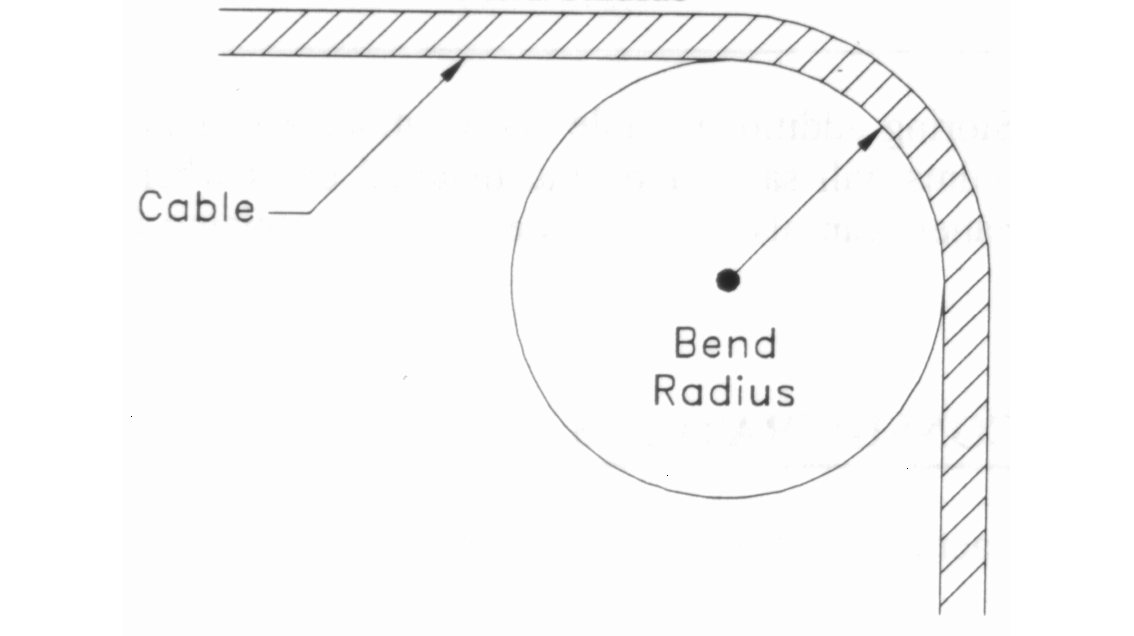
Single-mode Bend Insensitive Fiber Patch Cable
Single-mode bend insensitive fiber patch cables have been commercially available for a few years. ITU recommendation G.657 specifies two classes of single-mode bend insensitive fiber patch cables: G.657 A and G.657 B. Each category (A and B) is then divided into two sub-categories: G.657.A1, G.657.A2 and G.657.B1, G.657.B2. The minimum bend radius of G.657.A1 fibers is 10 mm, G.657.A2 and G.657.B1 fibers is 7.5 mm and G.657.B2 fibers is 5 mm. G.657.A1 and G.657.A2 fibers are fully compliant with ITU-T G.652.D fibers.
Compared with minimum bend radius of the standard single-mode G.652 fibers, which is usually 30 mm, G.657 single-mode bend insensitive fiber patch cables are much more flexible, which thus can be confidently installed with a variety of installation methods and in the increasingly high-density application spaces of today's data center.
Multimode Bend Insensitive Fiber Patch Cable
Multimode bend insensitive fiber patch cables with a minimum bend radius of 7.5mm compares very favorably to the 30mm bend radius traditionally specified. To achieve this, an optical "trench" is added to the cladding area outside of the fiber core. This trench retains most of the light that would have escaped the core of a traditional multimode fiber.
Requirements for a tighter bend radius have been developed based primarily on factors in the FTTH (fiber to the home) market. However, the benefits for premise markets have rapidly become apparent, particularly in data centers where more and more fibers are being installed in smaller areas. The expectation is that this new feature can enable deployment of multimode fibers in higher densities.
Conclusion
Bend insensitive fiber patch cables are made with solid trench which assists fiber optic cable to reduce optical loss when the cable is bent. They provide the same high quality, mechanical features and optical performance as standard fiber patch cords with the added capability of maintaining optical performance when bent or flexed. Bend insensitive fiber patch cables are available for multimode (OM2, OM3 and OM4) and single-mode (OS2) networks. Whether to choose single-mode bend insensitive fiber patch cables or multimode bend insensitive fiber patch cables, you can make a decision based on your applications.


 Position :
Home>
News & Tutorial
>Products
Position :
Home>
News & Tutorial
>Products


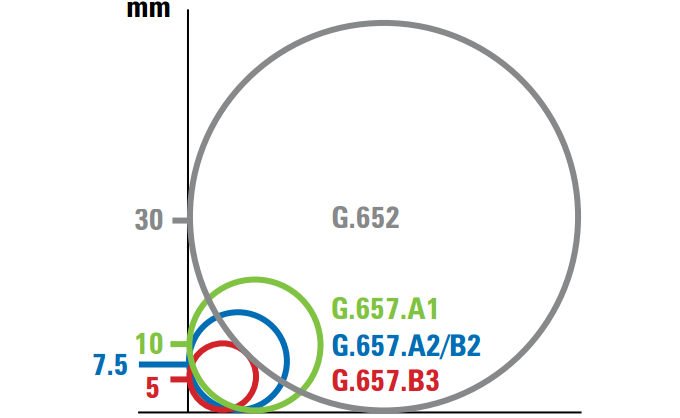
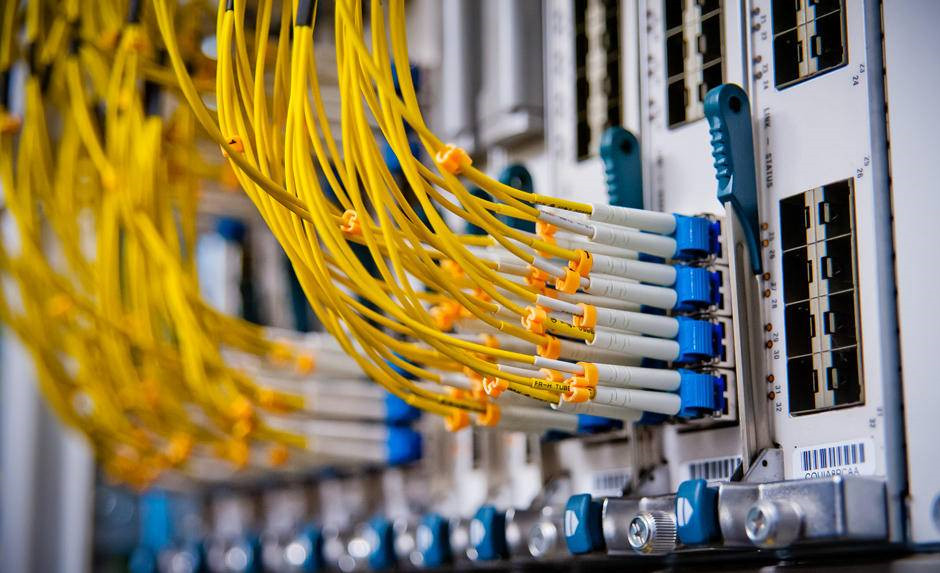
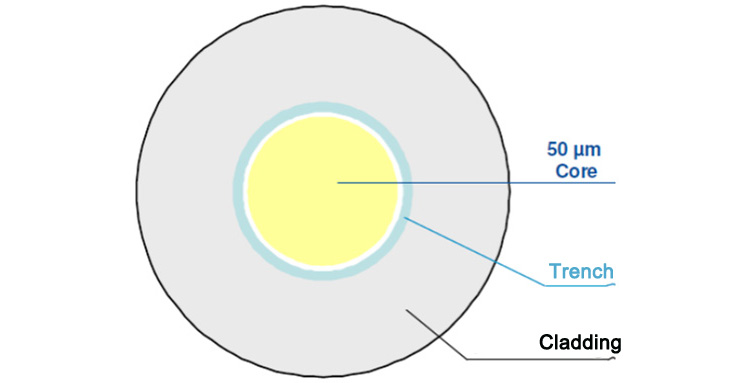
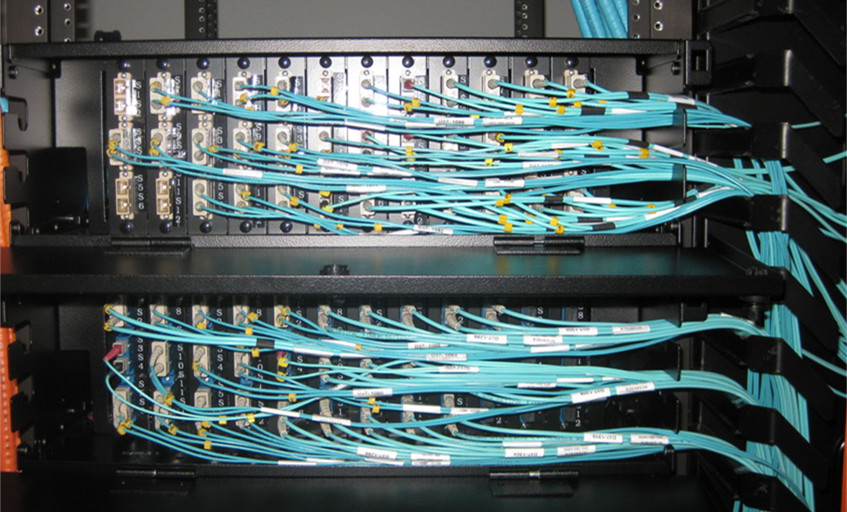
 Position :
Home
>Products
Position :
Home
>Products
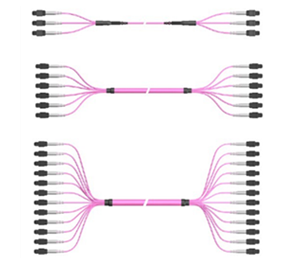
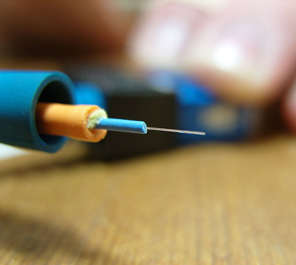
 ics@suntelecom.cn
ics@suntelecom.cn  +86 18964888554
+86 18964888554 Building No.145, Lane 666 Xianing Road, Jinshan Industrial Zone, Shanghai 201506, China
Building No.145, Lane 666 Xianing Road, Jinshan Industrial Zone, Shanghai 201506, China